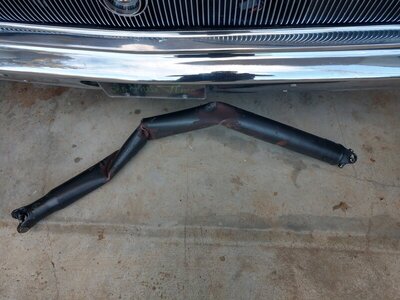jeepthrills01
Well-Known Member
Strength difference between2.5, 2.75 and 3.0 diameter?
This is for a street/ ocassional strip semi aggressive driving 69 383/727/3.55 28" tire.
This is for a street/ ocassional strip semi aggressive driving 69 383/727/3.55 28" tire.

















